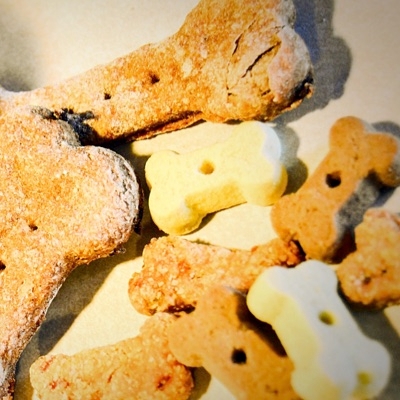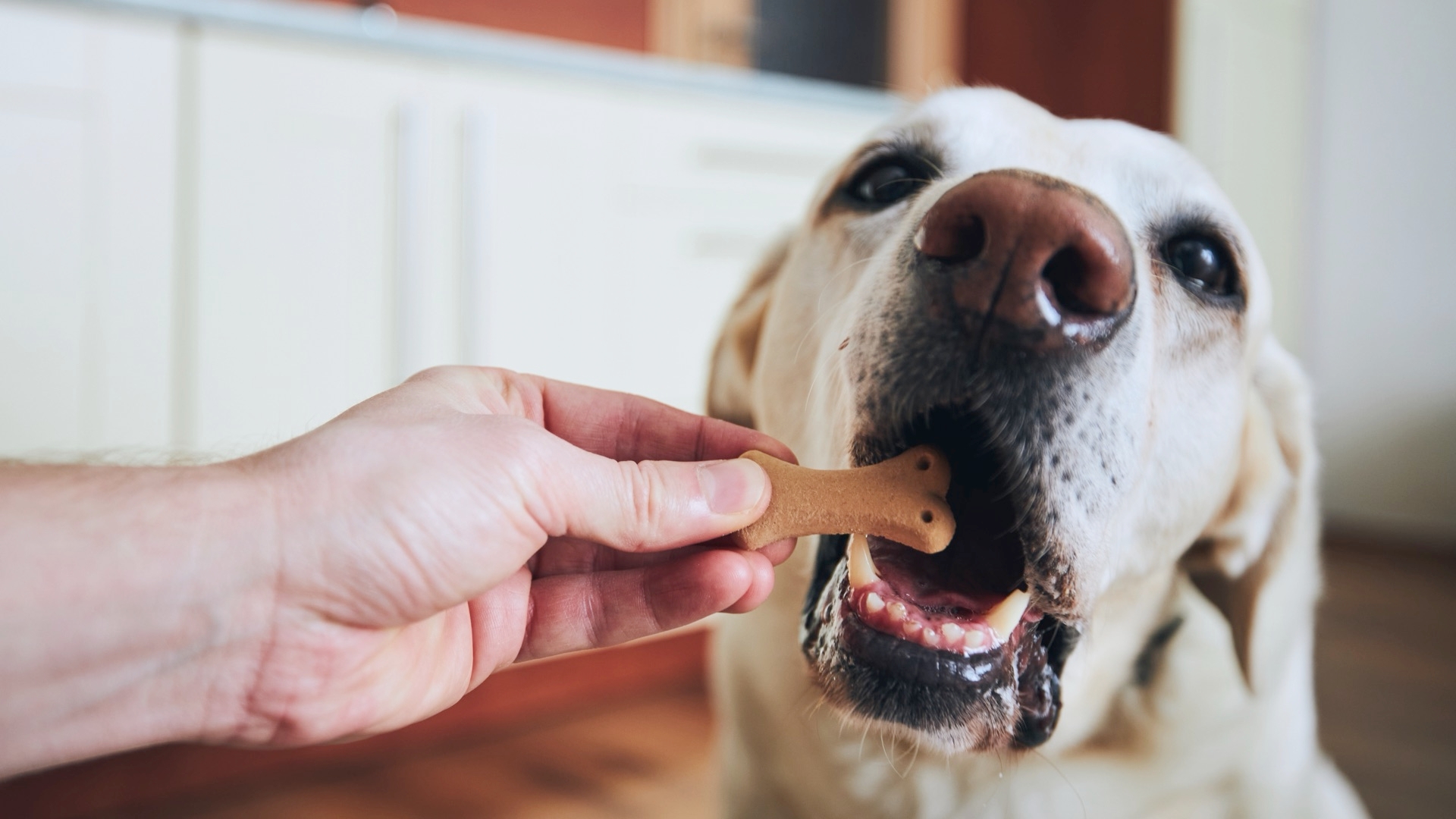Using Food As A Motivator In Dog Training:
Summary:
Most dogs, not all, like food treats. New dog owners quickly learn that using food works well to reward a dog for doing something they ask the dog to do. That's why using food as a motivator is as old as the domestic dog.


Using food as a motivator is as old as the domestic dog.
Most dogs, not all, like food treats. New dog owners quickly learn that using food works well to reward a dog for doing something they ask the dog to do.
In its simplest form, it's easy to learn how to give a food reward after the dog does what you ask.
What's not always that easy is learning how the presentation and timing of a food reward are used to build motivation and drive. This is a learned skill that is acquired through training and experience. When done correctly, a good trainer makes it look simple; when done poorly, the reward accomplishes little towards motivating the dog to want to participate in the training process.
The key to training dogs with food is to have a hungry dog. Americans historically overfeed their pets and have FAT DOGS. So if you are going to use food to train, don't feed your dog just before you go out to work. Feed him at the end of the day. Also, keep your dog thin; you want to see a definition between the end of the rib cage and the loin of the dog. The bottom line is skinny dogs live longer, healthier lives.
New dog trainers are always going to be faced with advice from neighbors, friends, and old-school trainers who try and tell you, "don't use food because you won't always have food when you need to ask your dog to do something and/or why train with food when you are going to have to wean your dog off food at the end of training anyway. So why use it in the first place" As with many old wives' tales — this is his hogwash.
If a dog has a strong food drive, it's a mistake for a trainer to not learn to train with it. Training is composed of a learning phase, a distraction phase, a correction phase, and a maintenance phase. Food can be used in the learning phase, it can be used as a distraction, and it can be used in the maintenance phase throughout the life of the dog.
As a dog gains experience in training, the application of a food reward changes and the possibility of a food reward becomes the motivation for a dog to perform and exercise. When a dog is past the learning phase, the application of random rewards produces drive. Withholding a reward can result in frustration, and when it's done correctly, frustration builds drive.
I think the best food application in training combines marker or clicker training.
Understanding the applications of training with food is not the topic of this article. It's beyond the scope of what | am trying to do here. I only want this article to explain the options you have to motivate your dog.


